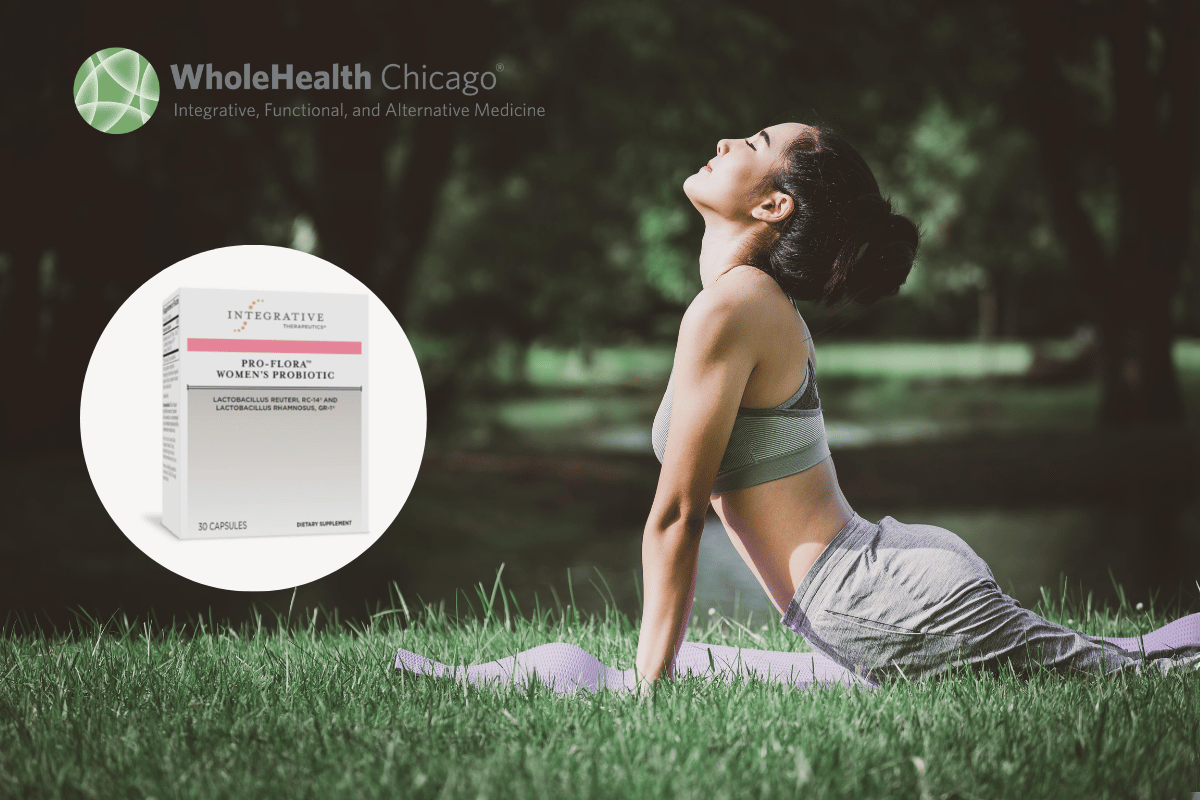We mainly think of the “microbiome”, that overall population of wanted (and often unwanted) bacteria, fungi (yeast), viruses, and even parasites, as confined to our intestinal tract. A “healthy gut microbiome”, we now know, allows us symptom-free digestion, a strong immune system, and neurotransmitter production and is even associated with longevity. Of course, other areas in your body where bacteria congregate have their microbiome, like your skin and your vagina.
It can be said that your vagina pretty much takes care of herself without you mucking with her (douches, sprays, secondhand sex toys), except when attacked by one of the several infections which I will discuss next week. By far the commonest is candida (a/k/a “yeast”), followed by bacterial vaginosis (a/k/a BV or Gardnerella), trichomonas, chlamydia, and the STD gonorrhea. On the plus side (as if there can be a ‘plus’ side to a vaginal infection), once diagnosed, vaginal infections are quite treatable, usually with anti-fungals or antibiotics. Some women, for reasons quite unknown to them, get vaginal infections repeatedly. Perhaps this Health Tip will help.
The dominant bacteria in your vagina are Lactobacillus Crispatus, Lactobacillus Rhamnosus, Lactobacillus Gasseri. Taking a so-called, “Woman’s Probiotic” every day will help your microbiome by lowering the pH (making your vagina more acidic) thus making it uncomfortable for disease-causing organisms like candida and Gardnerella. But actually, a healthy diet, reducing sugar, avoiding ultra-processed foods, and increasing fermented foods like Greek yogurt, kefir, sauerkraut, and kimchi might work quite well.
“Endangering” is too strong a word. You can “upset” your vaginal microbiome with any of the following:
- Douching,
- Smoking,
- Poorly ventilated underclothing,
- Birth control pills,
- Undiagnosed diabetes,
- Multiple sex partners,
- Unprotected sex with a new partner (use a condom for the first 6 months),
- Unnecessary antibiotics,
- Unwashed sex toys,
- Switching from using a pad or a tampon to a menstrual cup.
Your menses change your vaginal pH, and allowing old blood to ‘sit’ there in a tampon increases your risk of a vaginal infection. Since you can use the same cup for years, think of how you’re benefiting the environment by sparing the world the mountain of tampons you won’t leave behind.
Here are the probiotic supplements practitioners recommend at WholeHealth Chicago for a healthy vaginal microbiome. Some gynecologists are recommending probiotic vaginal suppositories as follow-up treatment for Bacterial Vaginosis but not on a regular basis.
Next week, common vaginal infections.
Be well,
David Edelberg, MD

You will find a great wealth of information about all types of vulva pain at the
vulva pain foundation
http://www.thevpfoundation.org
Hope this helps you!
Luna
Thank you, Luna.
WholeHealth Chicago
Have been dealing with vaginal dysplasia for many years. My gynecologist has me on vaginal estrogen cream twice weekly and an estrogen patch. I cannot take oral estrogen. I take an Align probiotic daily. Do you recommend your probiotics in addition to what I am currently taking?
L D
Hi LD,
Please give our office a call. We would love to discuss your health with you to ensure you are on exactly what you need.
Be well.
WholeHealth Chicago